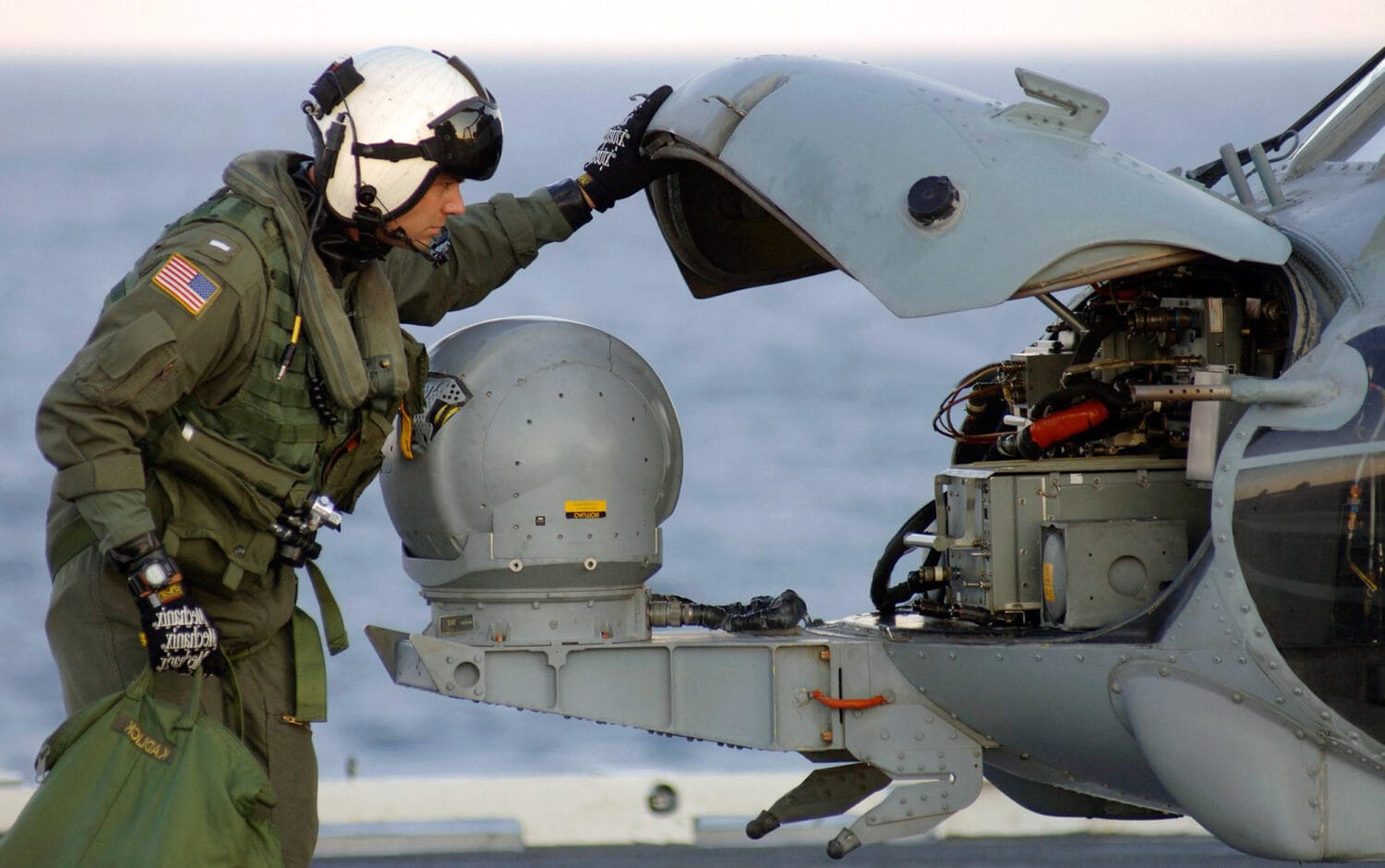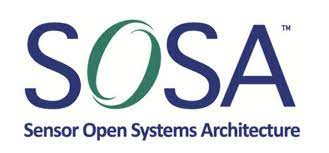Backplane signal integrity is an emerging issue for new SOSA systems. The problem doesn’t stem from the SOSA standard; rather, it appears because new systems must be able to operate at extremely high data signaling rates to keep up with growing volumes of sensor-generated data. There are design techniques to mitigate the effects of signal integrity issues, but effective application of those techniques demands analysis, modeling, and testing. This article focuses on specific technical aspects of the SOSA architecture and its application to improving defense electronics.

Longstanding Program Issues Are Becoming Critical
The Department of Defense (DoD) has long struggled with lengthy technology upgrade cycles that usually involve the replacement of complete systems. These complex ‘forklift upgrades’, including not just a system chassis but also new power and communications cabling, delay the deployment of embedded technology. The result is that deployed processors, A/D converters, and memory chips all fall behind state-of-the-art commercial components, often by several generations.
In addition, most of the electronic modules deployed on today’s defense platforms are built to current standards but are not really interoperable. Interoperability, a stated goal in many programs, has almost never been achieved in any practical sense. Vendor lock-in are common because small customizations in hardware and unique supporting software make switching vendors an expensive effort involving hundreds of system changes.
While these issues have made ongoing program development more difficult, historically they have not seriously impacted our warfighting capabilities. In today’s geopolitical climate, falling behind is unthinkable.
For both tactical advantage and sensor technology reasons, we must resolve our issues with lifecycle costs, interoperability, and, most importantly, the speed of deployed technology upgrades. That brings us to SOSA.
What is SOSA?
The Sensor Open Systems Architecture™ (SOSA™) is a comprehensive standard driven by the DoD, with industry support, and includes both business architecture and technical architecture. SOSA standard development and definition is managed by the SOSA Consortium, consisting of the Air Force, Navy, Army, other government agencies, and industry experts.

How can SOSA help improve defense engineering?
SOSA leverages other already existing standards efforts, which helps defense engineering modify existing designs that have been deployed successfully. Starting at a high level, it is aligned with the DoD’s Modular Open Systems Approach (MOSA) in a focus on using standardized hardware and software. SOSA also brings together elements from standards developed by each of the three military services, specifically:
- The Army’s CMOSS (C4ISR Modular Open Suite of Standards), MORA (Modular Open Radio Frequency Architecture), and VICTORY(Vehicular Integration for C4ISR/EW Interoperability)
- The Navy’s HOST (Hardware Open Systems Technology),
- The Air Force’s SOA (Service Oriented Architecture) and UCI (Universal Command and Control Interface).
SOSA backplanes are defined with the same concepts and topology as OpenVPX backplanes, just with fewer options. They look the same and operate in the same fashion, which makes for a good deal of continuity as system designers move forward from OpenVPX to SOSA.
Atrenne is Bringing High-Performance SOSA Backplanes to the Defense Community
Atrenne’s expertise is centered on providing innovatively designed electronics solutions that exceed performance criteria and do not fail in mission-critical applications. For over 50 years, our design teams have developed hundreds of chassis enclosures and backplanes to meet the most rigorous defense systems requirements. They are deployed today across multiple programs in a variety of platforms, operating under a range of harsh environmental conditions.
Our experience in addressing signal integrity issues has developed across advancing generations of standards and geometric increases in signaling rates. We successfully developed backplane designs to support the transition from 10Gbaud Gen-3 to 16 and 25Gbaud Gen-4/5 data rates with reliable and consistent signal integrity.
Atrenne harnesses the power of engineering innovation and integration to develop application-specific solutions that provide exceptional value to our customers. We’ve learned that all our innovations are complemented and enhanced by collaborating with our customers to solve problems.
Next Steps
Do you want to learn more about how Atrenne is designing SOSA Backplanes? Read our full whitepaper.
Contact our team to explore how Atrenne can meet your most demanding backplane requirements and help move your new SOSA-based programs forward.
